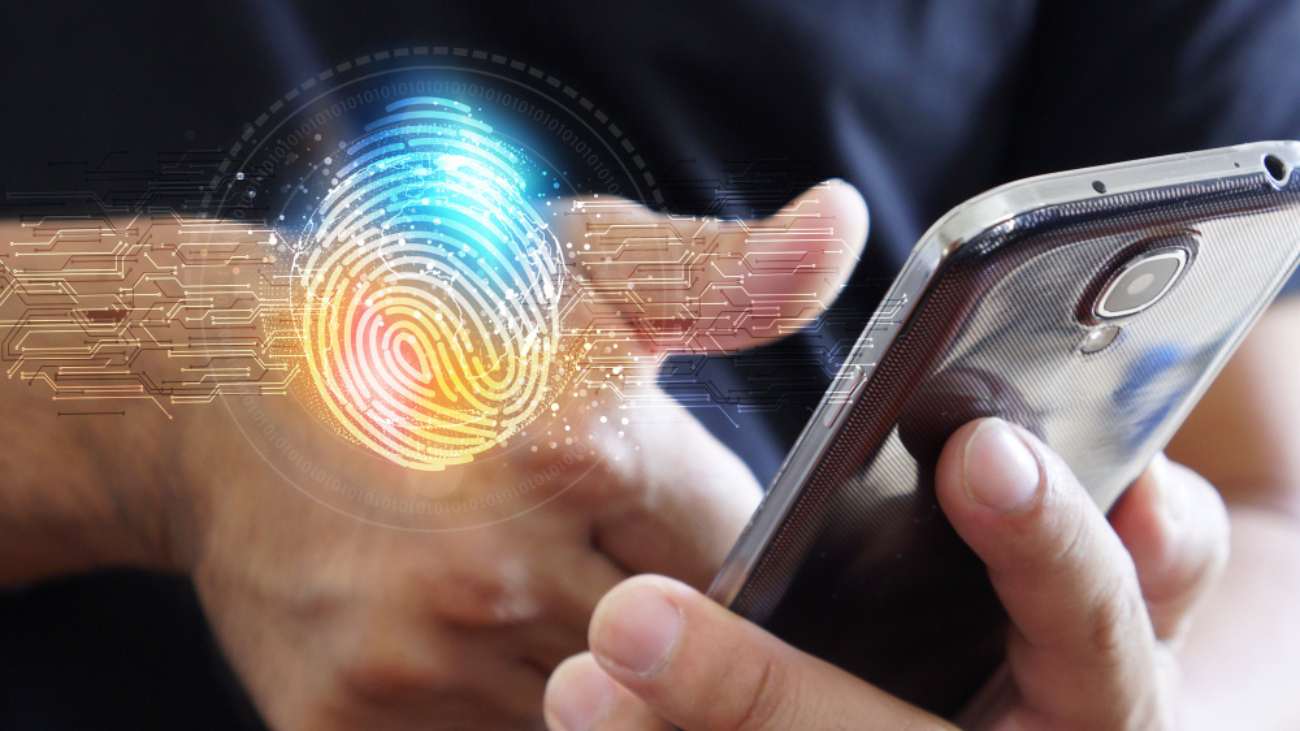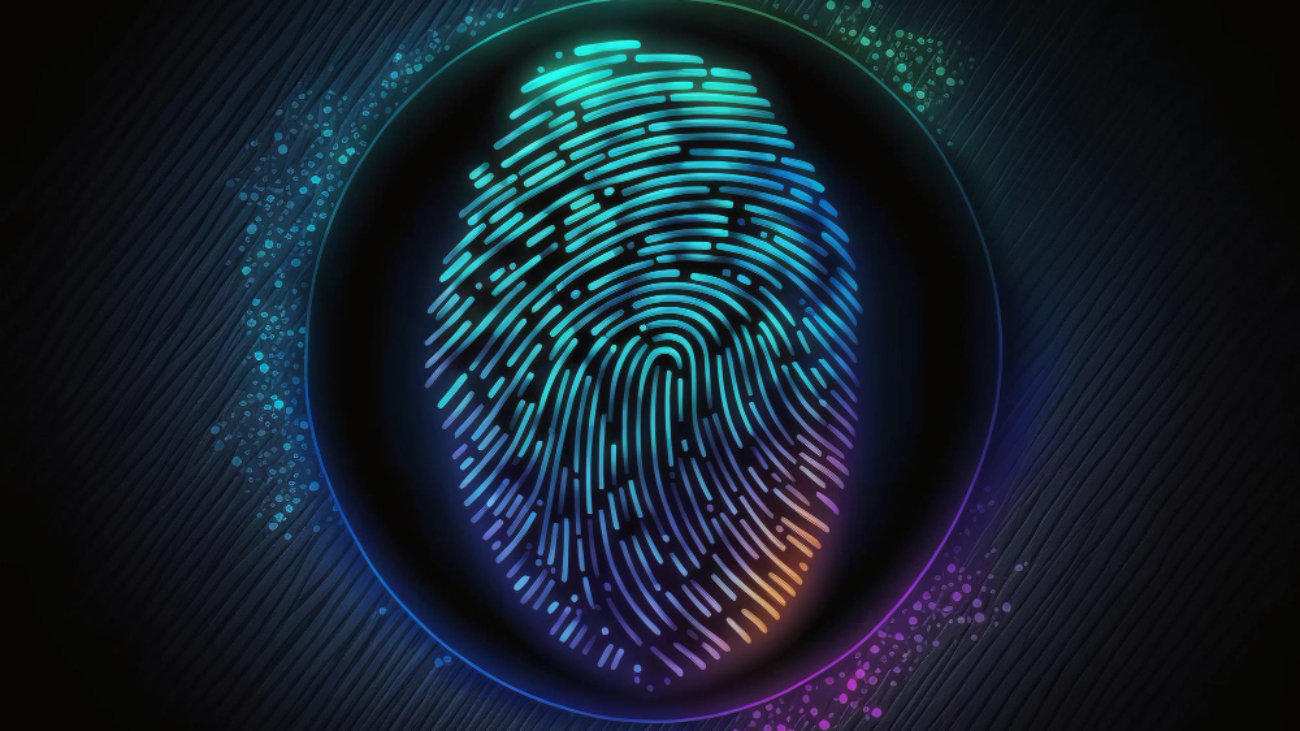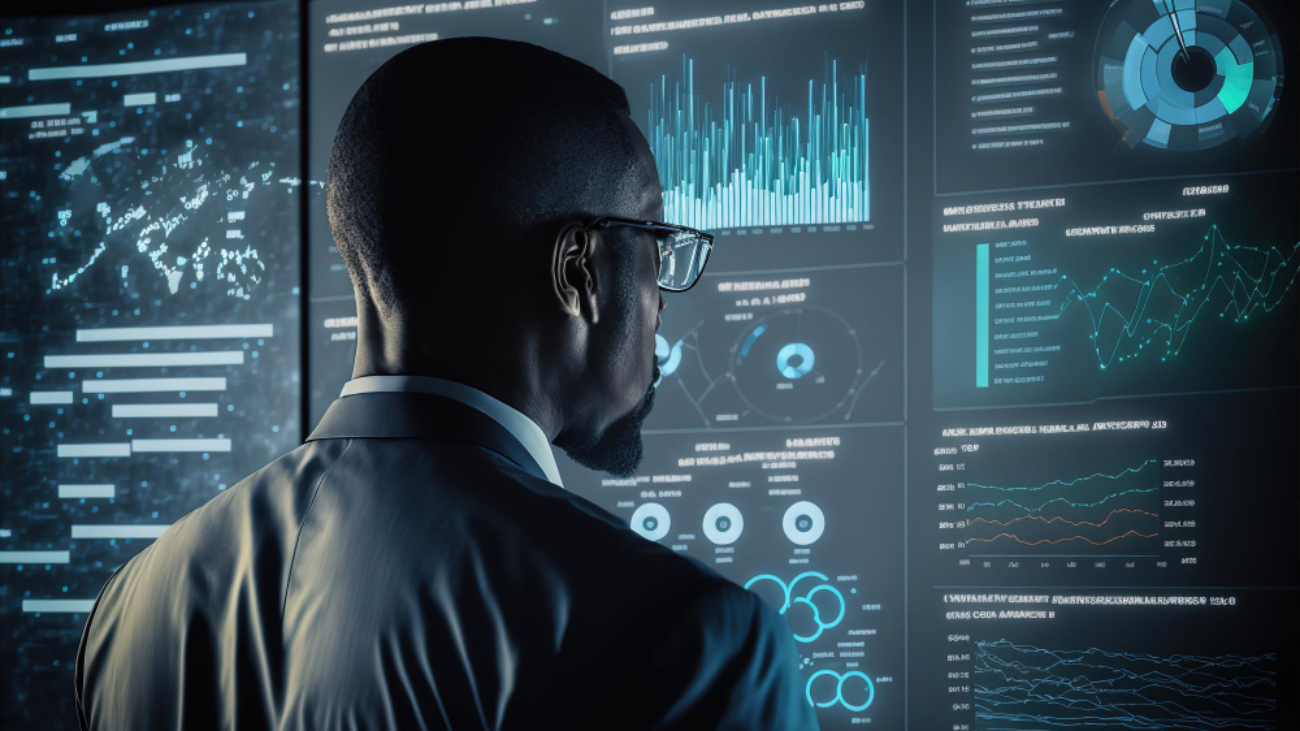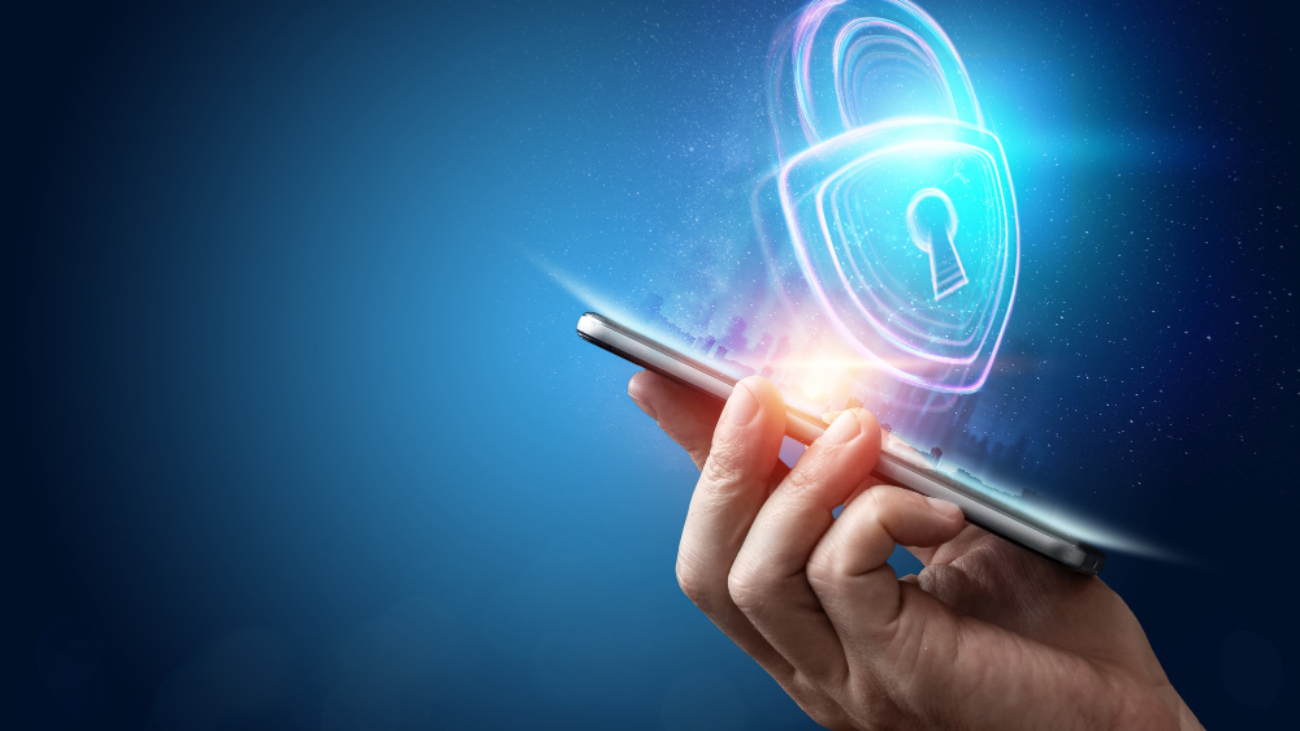Biometric typically refers to authentication or identification of people via biological traits, such as the face shape, iris, fingerprints, etc. It also means leveraging biological date for providing details related to an individual’s health.
For instance, the human heart rate is considered to be a biometric attribute, which offers details about the functioning of the heart. Likewise, other biometric attributes can offer health data, which may be used for monitoring the health of a person.
Wearable biometrics means using devices, which contain biometrics feature. The device has the ability to capture the user’s biometric data before utilizing it for different purposes.
Wearable biometrics-applications
The following are the most prevalent wearable devices, which can use biometrics according to Bahaa Abdul Hadi.
· Wristbands
· Smartwatches
· Lapel badges
· Smart glasses
· Smart clothing
· Finger covers or gloves
Most of the wearable biometrics is extracted through smartwatches and wristbands. On the other hand, lapel badges are more popular in law enforcement use cases. Smart glasses and smart clothing are, however, are at a nascent phase.
Applications of wearable biometrics
Legal applications
Several law enforcement agencies have been using advanced body cameras that are fitted to badges. Such cameras can easily perform facial identification of individuals. Sometimes, agencies also use smart glasses. After a face has been identified, the individual using the device will get a message. It could be highly advantageous for law enforcement personnel.
Wearable biometrics also comes in handy for authentication and identification. The use of the technology through sensors on apparel and smart contact lenses is expected to witness an exponential growth in the near future.
Healthcare
It is one of the leading fields where wearable biometrics is being used. For instance, a smartwatch has the ability to measure major health parameters, such as oxygen saturation level, blood pressure, body temperature, and heart rate. If any variation occurs in these parameters, a notification or alert can be sent by the smart device.
Not only smartwatches but even sensors are used in rings and apparel for tracking the health of people. In short, wearable biometrics is a blessing particularly for elderly people or those who face health issues. Such a device is able to identify any anomaly, such if a person’s heart rate changes or they stop moving. It can then trigger an emergency alert.
Fitness
Fitness is another popular area where wearable biometrics is being sued. A person can wear a fitness tracker like a watch or a band. These devices can help them to monitor their physical activity. For instance, the device can measure calories burnt, how many steps were taken, heart rate, miles walked, and more. Thus, it is an excellent method for keeping track of your fitness activities.
Thank you for your interest in Bahaa Abdul Hadi blogs. For more information, please stay tuned to www.bahaaabdulhadi.com






